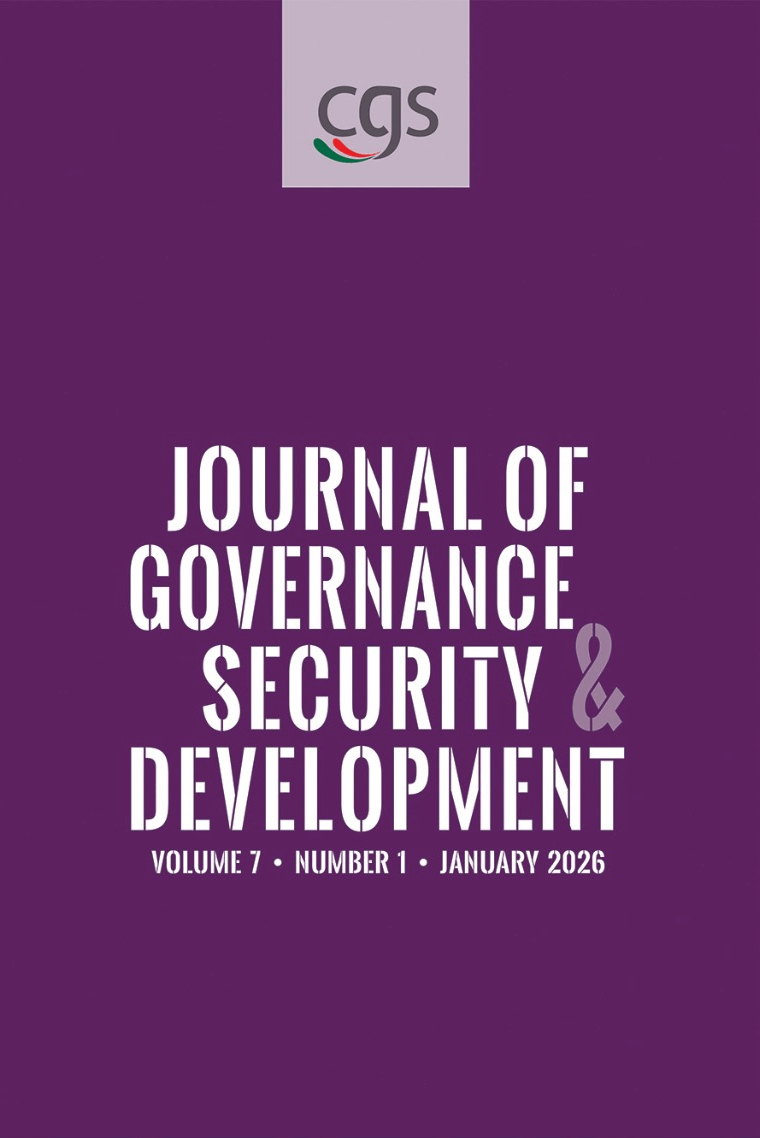Journal Abstract
Volume 1 | Number 1
Online Version: ISSN No: 2709-0590
Print Version: ISSN No: 2708-2490
Price: BDT: 750.00, USD: 25.00
Publish Date: 01, July 2020
Article:
Mohd Tahir Ganie
Abstract
In August 2019, the populist Modi government, after getting re-elected in a massive landslide, rescinded the semi-autonomous status (constitutionally guaranteed under Article 370) of the disputed Muslim-majority region of Jammu and Kashmir (J&K) by putting its 12 million residents under an unprecedented lockdown. This article will examine the ramifications of this
decision, which earned praise in mainland India but generated anger and fear among the people of J&K, especially in the Kashmir Valley, the epicenter of the Kashmiri self-determination movement? It situates the prior measures Indian government took to impose its decision on the population which strongly opposed it and assesses the human cost of this imposition. It looks at the international community’s response to the political and human rights crisis obtained due to the siege imposed on the people of the contested Himalayan region. And, finally, the article indicates that the political future of Kashmir, which has been the main source of intense geopolitical rivalry between two nuclear-armed South Asian neighbors (India and Pakistan), and a site of protracted armed conflict and unarmed anti-India resistance, is likely to remain caught in a cycle.
DOI: https://doi.org/10.52823/DARO7820


